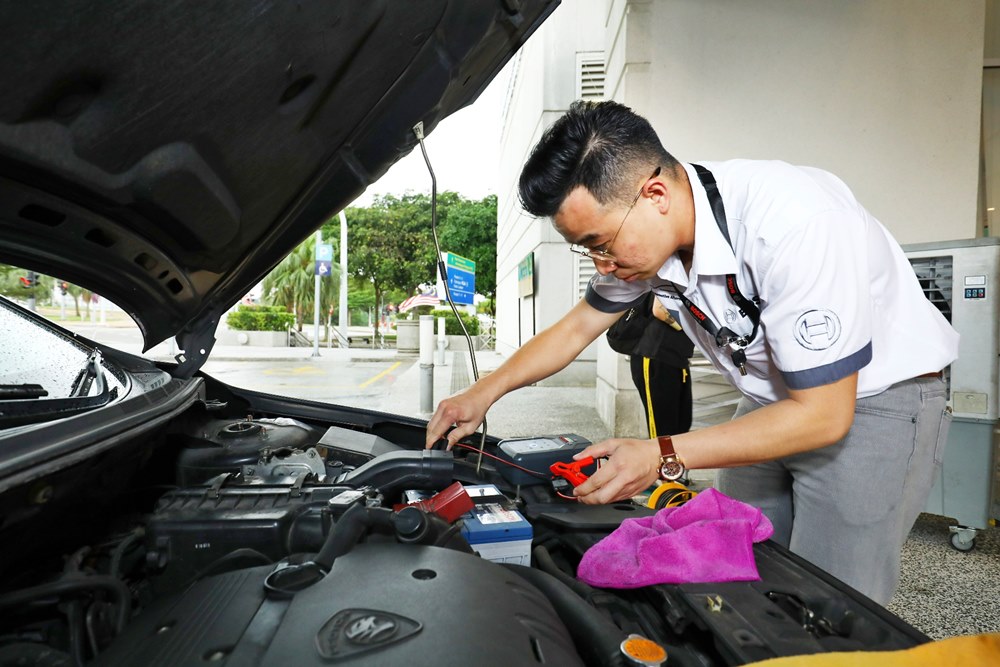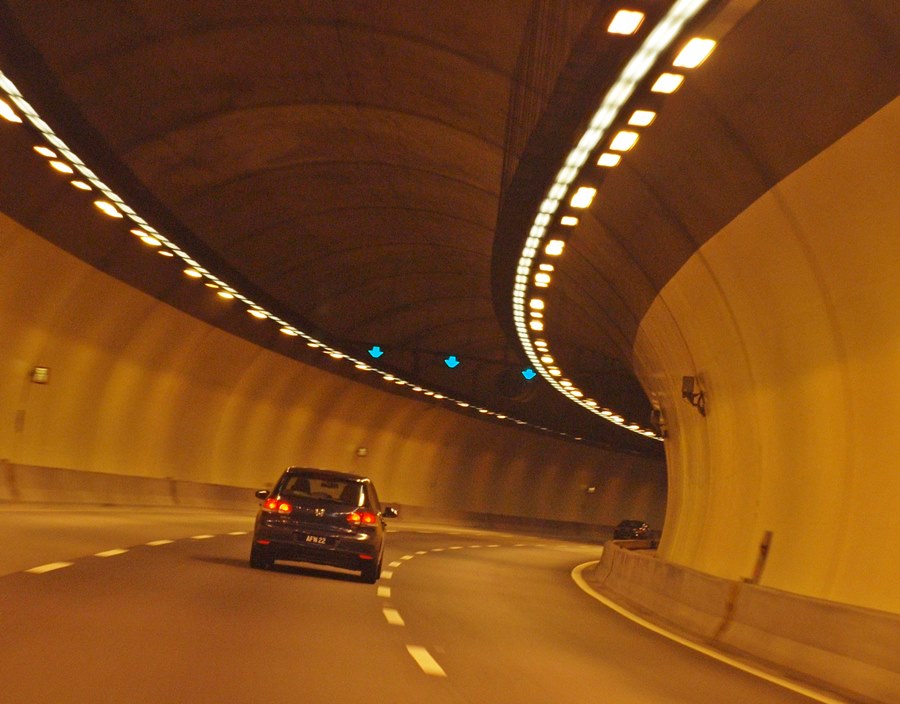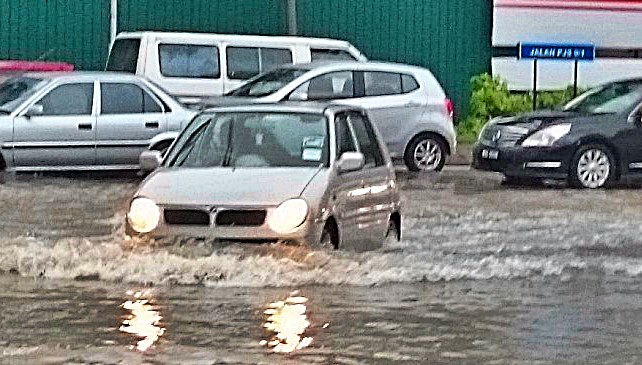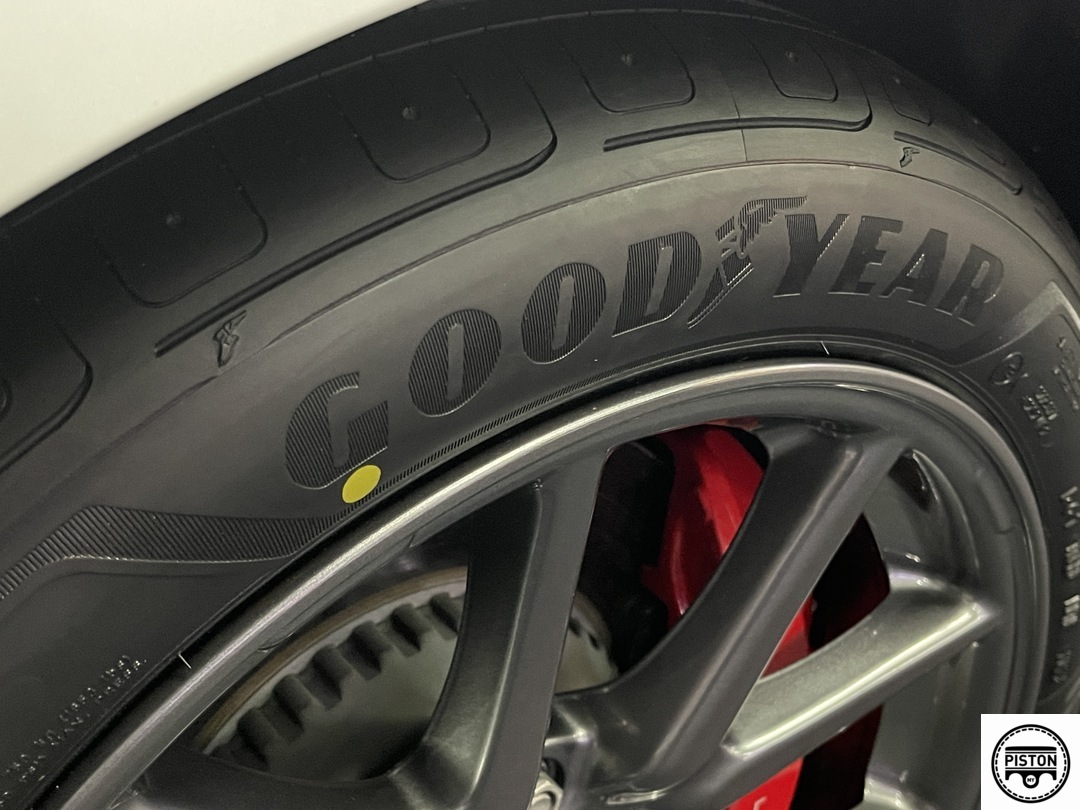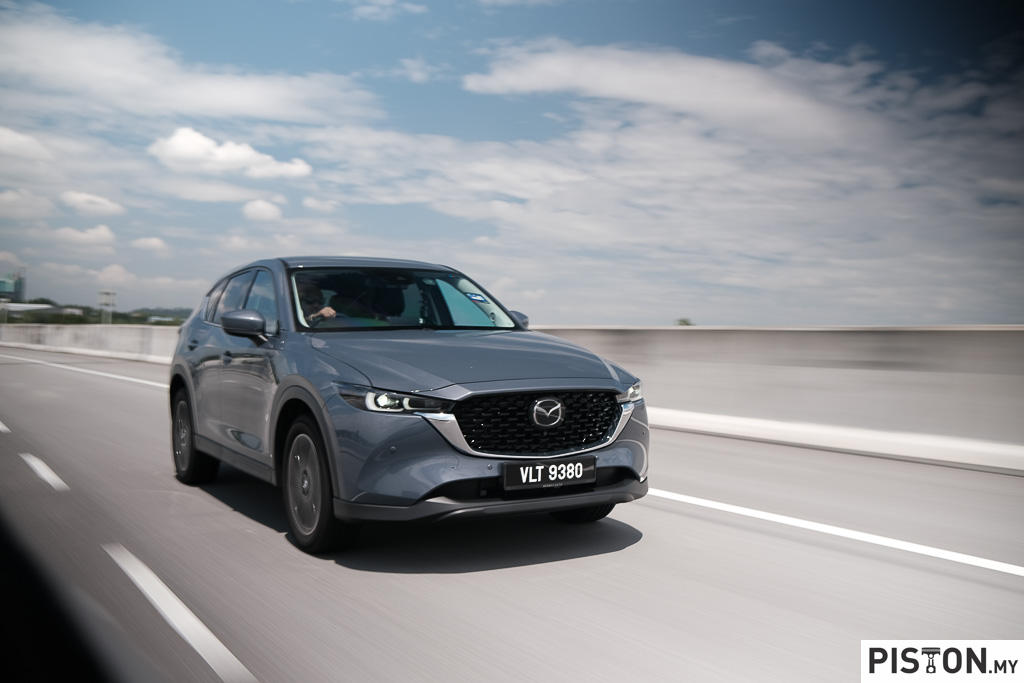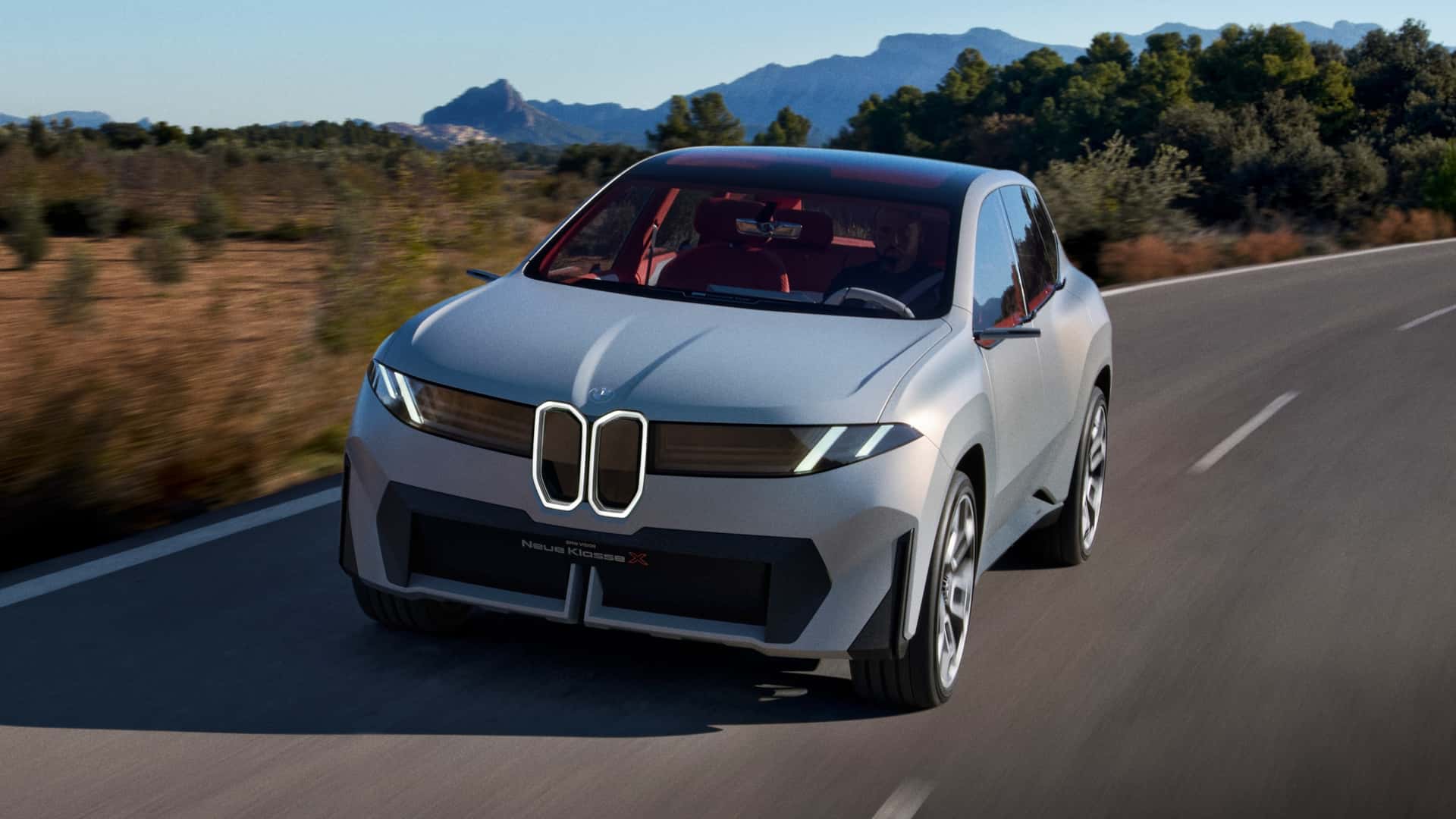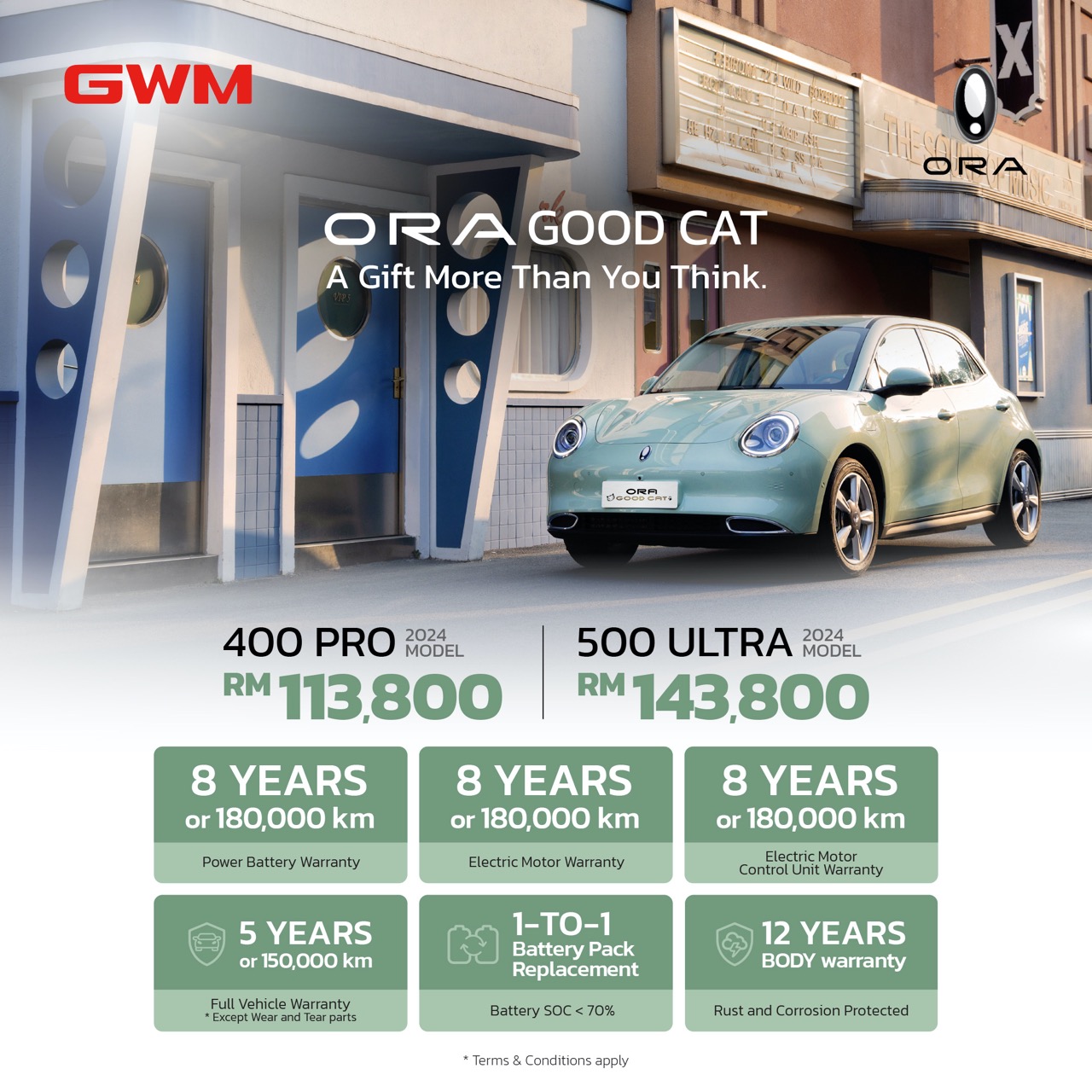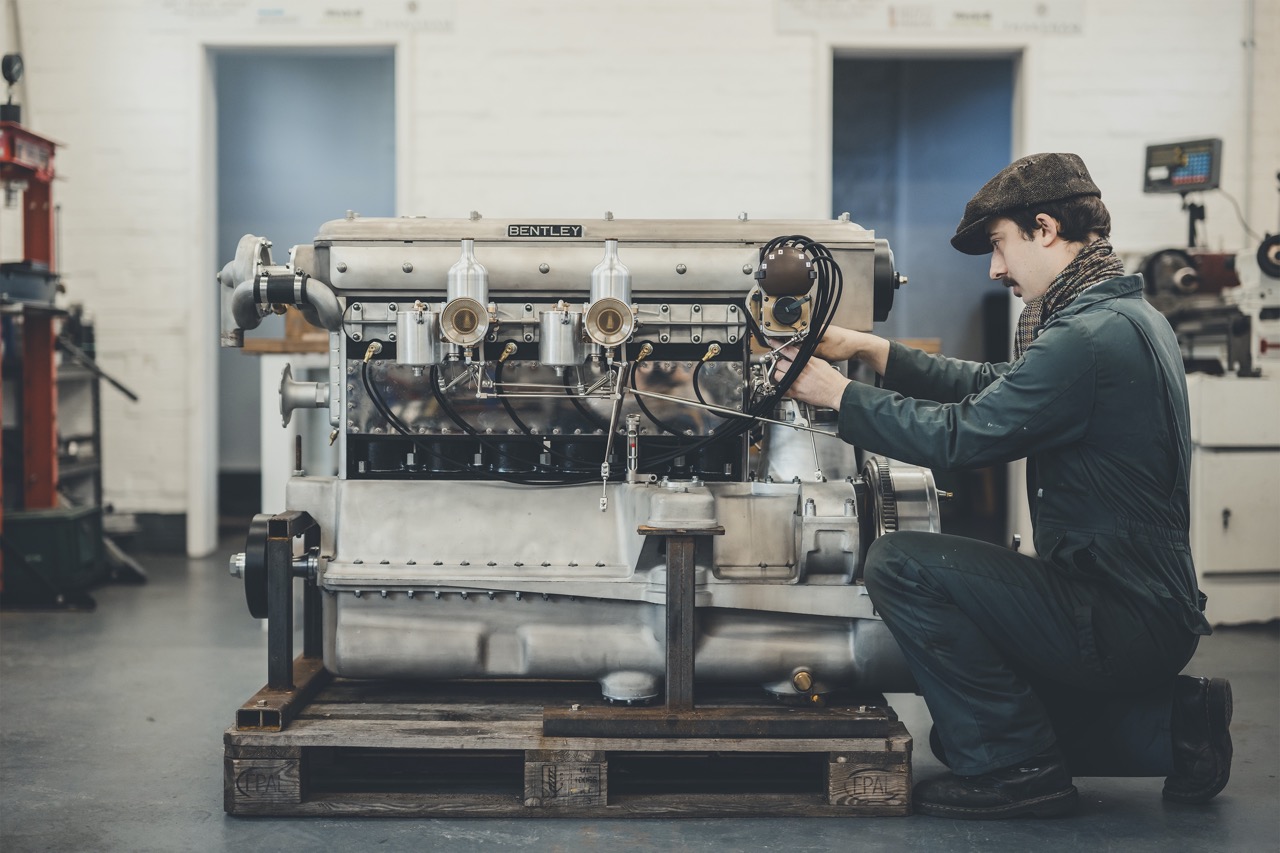This time of the year usually sees a lot of rain as the northeast monsoon blows through Southeast Asia. It seems that the amount of rainfall has become greater, with recent data showing it to be the highest Malaysia has received. As a result, we see a lot of flooding, even on the west coast which used to be shielded by the Main Range of mountains.
For motorists who have to drive around in rainy conditions (better if you do not), here are some tips that can save your vehicle from any potential damage that could result in massive repair bills.
1. Avoid driving or parking in low-lying areas
Low areas or certain basement parking lots can get flooded during heavy downpours. Your vehicle may then become partly submerged and the water can cause heavy damage to your car, especially to the engine, electrical systems, and interior. So if you can do so, avoid such areas.
2. Avoid driving through tunnels
Do not follow roads into tunnels that lead underground. We don’t have many but there are still some here and there. The risk of being caught in a flash flood is higher when driving into an underground tunnel as you are approaching lower ground that rainwater is flowing to. The speed at which the water level can rise will be surprising and many motorists are often caught by it.
3. Maintain a steady slow speed
If you do attempt to drive through a flooded area, assess the situation or surroundings first. If the level is below half your vehicle’s tyre, make sure to wade through at slow speed by engaging low gear. This helps to create a small bow wave which will prevent the surrounding water flooding into the engine bay or flowing into the exhaust pipe. However, it is also important to not assume that a road you are familiar with is safe as you may not be able to see cracks or sinkholes that have opened up under the water.
4. Your safety is the utmost priority
If your car engine stops suddenly and you are stranded in the car, turn off the engine, gather your belongings and leave the car immediately. Do not try to start your car again as it will lead to more major damage. Quickly move yourself to higher ground or a safer area and stay there until help arrives. Your own safety is more important than the car.
5. Don’t start the car immediately after it has been submerged
If a car has been submerged up to the window level, water would most likely have seeped into the engine, transmission, and fuel delivery system. Don’t start the engine as you’ll just make the damage worse. Immediately seek professional advice after the flood water has subsided or tow your car to your trusted workshop or authorised service centre for your vehicle’s brand.
6. Disconnect your vehicle’s battery
Do not leave your vehicle in accessory mode with the electronics running when you are stuck in a flood. Turn off the engine, open the bonnet and disconnect the battery. Do so only if it is safe as there may also be strong water currents. When the vehicle can be recovered, have the battery examined by a mechanic who can test it to see if the battery is functioning properly.
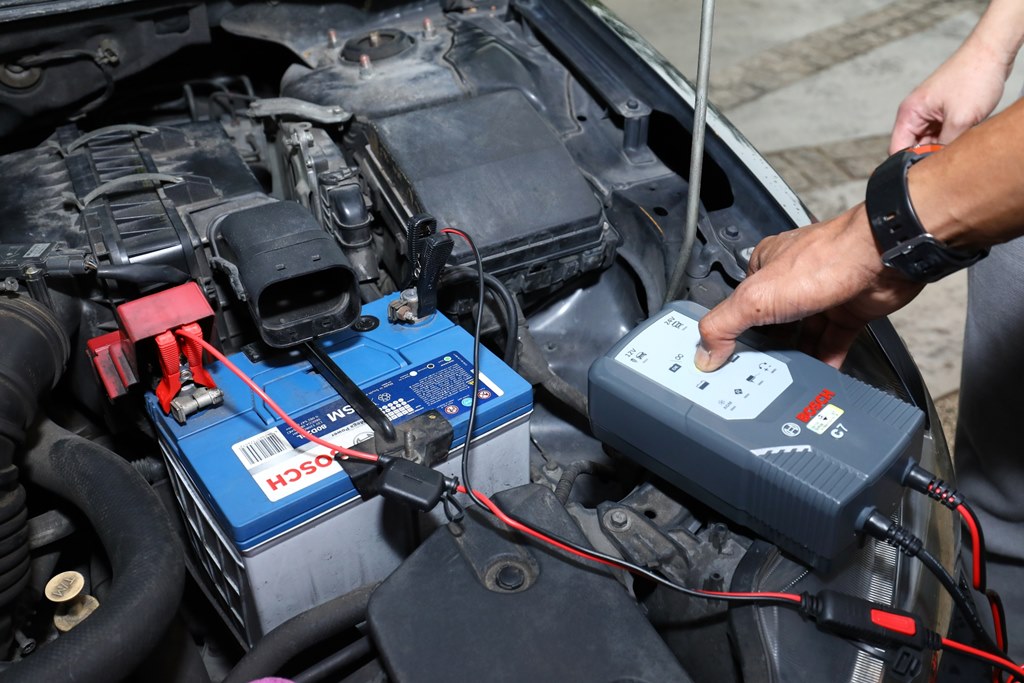
7. Does your vehicle have flood insurance?
Flood damage is not typically covered in motor vehicle comprehensive insurance policies. Therefore such damage will not be compensated by the insurance company. However, owners can add on coverage for flood damage for an extra fee. Many motorists often think that it is not worth spending that little bit of extra money as they may feel that being caught in a flood is unlikely. But you never know and with the change in weather patterns recently, it may be an option to include.




